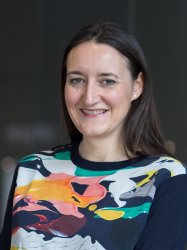BibTex format
@inproceedings{Zhang:2020,
author = {Zhang, Y and Sugden, IJ and Reutzel-Edens, SM and Pantelides, C and Adjiman, CS},
title = {A systematic study of state-of-the-art methods in crystal structure prediction for organic hydrates},
year = {2020}
}

